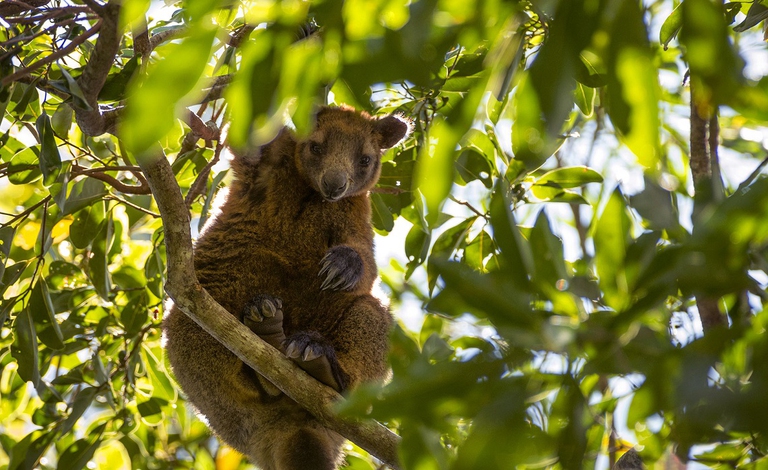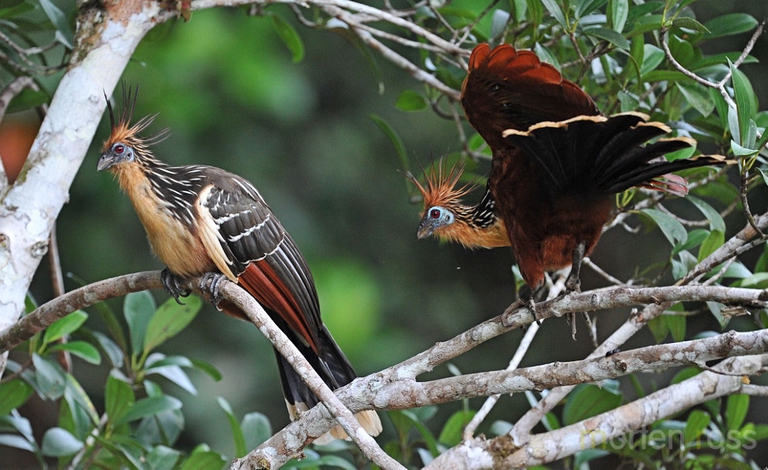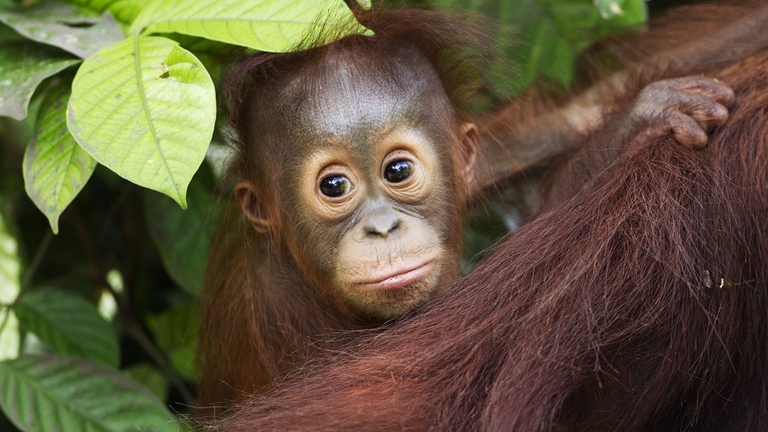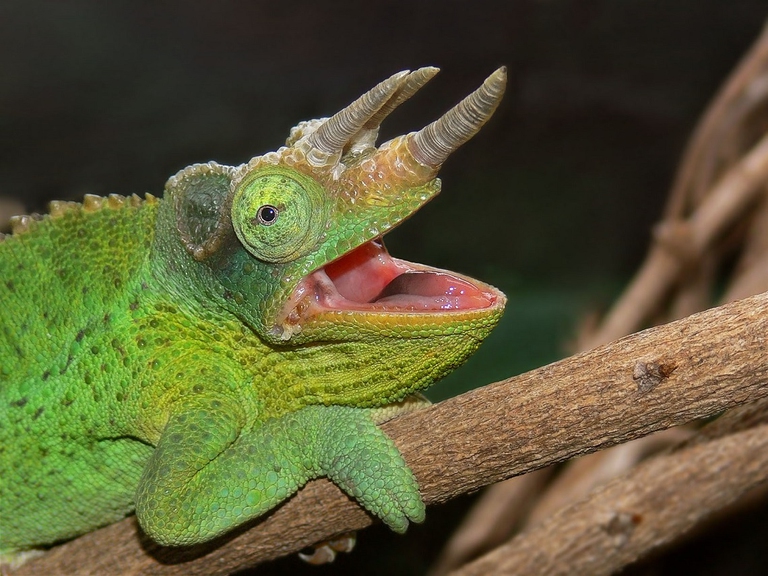
The Amazon became an alternative classroom during the pandemic. Now, the educational forest in Batraja, Bolivia, lives on to teach children and adults the value of nature.
Trees are some of the world’s most ancient living beings and make our existence possible. In fact, about 1.6 billion people depend on forests for their livelihoods and trees – thanks to photosynthesis – are our best allies in reducing CO2 in the atmosphere. All green areas are inestimable hubs of biodiversity: they are home
Trees are some of the world’s most ancient living beings and make our existence possible. In fact, about 1.6 billion people depend on forests for their livelihoods and trees – thanks to photosynthesis – are our best allies in reducing CO2 in the atmosphere. All green areas are inestimable hubs of biodiversity: they are home to 80 per cent of the planet’s plant and animal species. In ancient times, humans started develop their lives in forests, which nourished them and kept them far from predators. Here are some incredible animals that spend most of their existence on trees.
There are 14 species of tree-kangaroos that populate rainforests in Australia and New Guinea. These funny marsupials feed on leaves and spend most of their life on trees. However, they are threatened by illegal logging carried out to make space for plantations of coffee, rice and cereals and by hunting.
The hoatzin (Opisthocomus hoazin) is a bizarre, mainly arboreal bird with a debated taxonomic classification. These South American animals, characterised by a colourful crest of leathers, cannot fly long distances. Many believe the hoatzin has evolved independently from other modern birds, thus maintaining some primitive characteristics. The most evident one is the presence of claws on chicks’ wings, which remind those of the plumed dinosaur Archaeopteryx.
The orangutan (Pongo abelii) is the world’s largest arboreal mammal. These peaceful primates live in the forests of Borneo and Sumatra and spend their days passing from one tree to another. They also build their nests on trees’ tops. Their love for trees is expressed by their own name, orang-untang, “man of the forests” in Malaysian.
Chamaleons are camouflage artists and are able to change their colour giving life to one of Mother Nature’s most surprising special effects. Most of chameleons live in Africa and Madagascar, while others are from Asia and some European areas. These animals mainly live on trees, where they hunt insects thanks to their powerful viscous tongue.
The Italian tree frog (Hyla intermedia) is an unmistakable amphibian characterised by its bright-green colour and a dark line. This small frog endemic to Italy has perfectly adapted to arboreal life. Its sticky fingertips allow it to easily climb trees, shrubs and canes, while its colours allow camouflaging on leafy branches.
Italian tree frogSiamo anche su WhatsApp. Segui il canale ufficiale LifeGate per restare aggiornata, aggiornato sulle ultime notizie e sulle nostre attività.
![]()
Quest'opera è distribuita con Licenza Creative Commons Attribuzione - Non commerciale - Non opere derivate 4.0 Internazionale.
The Amazon became an alternative classroom during the pandemic. Now, the educational forest in Batraja, Bolivia, lives on to teach children and adults the value of nature.
Our species took its first steps in a world covered in trees. Today, forests offer us sustenance, shelter, and clean the air that we breathe.
Bangladesh suffered widespread damage as a result of Cyclone Amphan. Yet the Sundarbans mangrove forest acted as a natural barrier protecting the country from further destruction, as it has done countless times before.
On top of a 2.4 million dollar compensation, the indigenous Ashaninka people will receive an official apology from the companies who deforested their lands in the 1980s.
The tapir was reintroduced into Brazil’s Atlantic Forest, the country’s most at-risk ecosystem. The species can play a key role in the forest’s recovery.
Forests are home to 80 per cent of the world’s terrestrial biodiversity. This year’s International Day of Forests highlights the urgent changes needed to save them.
After a legal battle that lasted two years, Indonesia’s Supreme Court has revoked the permit to mine for coal in the forests of South Kalimantan in Borneo.
The list of human and animal victims of the Australia wildfires keeps growing – one species might already have gone extinct – as the smoke even reaches South America.
Areas where the FARC guerrilla used to hold power in Colombia have faced record deforestation. Farmers cut down trees, burn land and plant grass for cows. Because, “what else can we do for a living here in the Colombian Amazon”? An intimate report from the heart of the felled forest in Caquetá.











